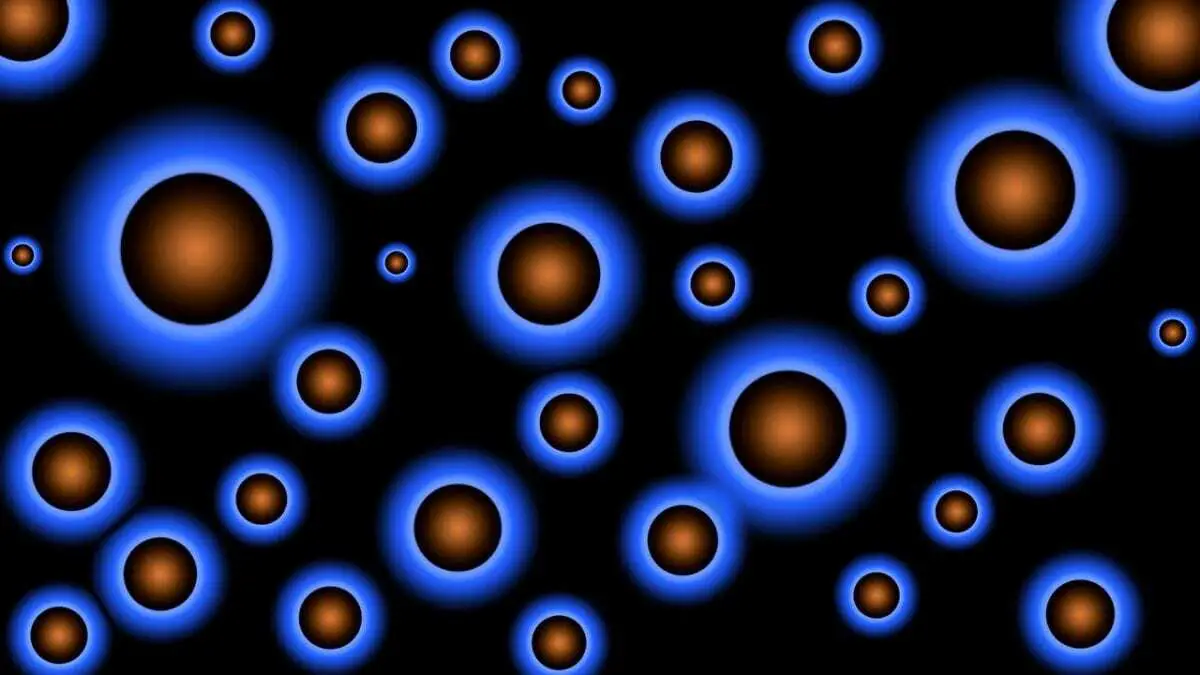Atoms and molecules behave very differently at extreme temperatures and pressures. Although such extreme matter doesn’t exist naturally on the earth, it exists in abundance in the universe, especially in the deep interiors of planets and stars.
Understanding how atoms react under high-pressure conditions–a field known as high-energy-density physics (HEDP)–gives scientists valuable insights into the fields of planetary science, astrophysics, fusion energy, and national security.
One important question in the field of HED science is how matter under high-pressure conditions might emit or absorb radiation in ways that are different from our traditional understanding.
In a paper published in Nature Communications, Suxing Hu, a distinguished scientist and group leader of the HEDP Theory Group at the University of Rochester Laboratory for Laser Energetics (LLE), together with colleagues from the LLE and France, has applied physics theory and calculations to predict the presence of two new phenomena–interspecies radiative transition (IRT) and the breakdown of dipole selection rule–in the transport of radiation in atoms and molecules under HEDP conditions. The research enhances an understanding of HEDP and could lead to more information about how stars and other astrophysical objects evolve in the universe.
WHAT IS INTERSPECIES RADIATIVE TRANSITION (IRT)?
Radiative transition is a physics process happening inside atoms and molecules, in which their electron or electrons can “jump” from different energy levels by either radiating/emitting or absorbing a photon. Scientists find that, for matter in our everyday life, such radiative transitions mostly happen within each individual atom or molecule; the electron does its jumping between energy levels belonging to the single atom or molecule, and the jumping does not typically occur between different atoms and molecules.
However, Hu and his colleagues predict that when atoms and molecules are placed under HED conditions, and are squeezed so tightly that they become very close to each other, radiative transitions can involve neighboring atoms and molecules.
“Namely, the electrons can now jump from one atom’s energy levels to those of other neighboring atoms,” Hu says.
WHAT IS THE DIPOLE SELECTION RULE?
Electrons inside an atom have specific symmetries. For example, “s-wave electrons” are always spherically symmetric, meaning they look like a ball, with the nucleus located in the atomic center; “p-wave electrons,” on the other hand, look like dumbbells. D-waves and other electron states have more complicated shapes. Radiative transitions will mostly occur when the electron jumping follows the so-called dipole selection rule, in which the jumping electron changes its shape from s-wave to p-wave, from p-wave to d-wave, etc.
Under normal, non-extreme conditions, Hu says, “one hardly sees electrons jumping among the same shapes, from s-wave to s-wave and from p-wave to p-wave, by emitting or absorbing photons.”
However, as Hu and his colleagues found, when materials are squeezed so tightly into the exotic HED state, the dipole selection rule is often broken down.
“Under such extreme conditions found in the center of stars and classes of laboratory fusion experiments, non-dipole x-ray emissions and absorptions can occur, which was never imagined before,” Hu says.
USING SUPERCOMPUTERS TO STUDY HEDP
The researchers used supercomputers at both the University of Rochester’s Center for Integrated Research Computing (CIRC) and at the LLE to conduct their calculations.
“Thanks to the tremendous advances in high-energy laser and pulsed-power technologies, ‘bringing stars to the Earth’ has become reality for the past decade or two,” Hu says.
Hu and his colleagues performed their research using the density-functional theory (DFT) calculation, which offers a quantum mechanical description of the bonds between atoms and molecules in complex systems. The DFT method was first described in the 1960s, and was the subject of the 1998 Nobel Prize in Chemistry. DFT calculations have been continually improved since. One such improvement to enable DFT calculations to involve core electrons was made by Valentin Karasev, a scientist at the LLE and a co-author of the paper.
The results indicate there are new emission/absorption lines appearing in the x-ray spectra of these extreme matter systems, which are from the previously-unknown channels of IRT and the breakdown of dipole selection rule.
Hu and Philip Nilson, a senior scientist at the LLE and co-author of the paper, are currently planning future experiments that will involve testing these new theoretical predictions at the OMEGA laser facility at the LLE. The facility lets users create exotic HED conditions in nanosecond timescales, allowing scientists to probe the unique behaviors of matters at extreme conditions.
“If proved to be true by experiments, these new discoveries will profoundly change how radiation transport is currently treated in exotic HED materials,” Hu says. “These DFT-predicted new emission and absorption channels have never been considered so far in textbooks.”
Header Image – Public Domain





